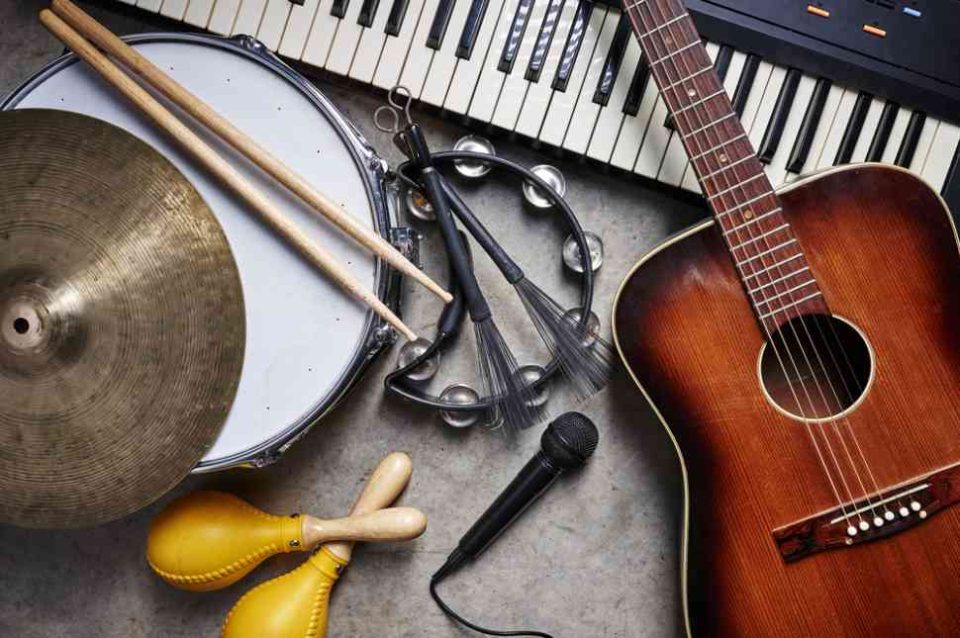Music and How To Masterpiece Sounds

Since music talks in the heart of every living creature on this planet, it is essential to see how we can take advantage of that. Music is not only used for entertainment. Let us not forget that, in many cases, it can be used in tv commercials and by anyone who wants to advertise a product. When we talk about music, we basically think about rhythm and melody. While this is the backbone of a song, the final result is based on much more than that. Here, we focus on the three parameters that will take a song from mediocrity to be the hit of the year.
- Introduction of the main theme
Most songs have a basic musical theme based on which the whole piece is composed. The main melody is often played in the beginning to engage the listener and help them listen to the song more carefully. The introduction may be a simpler version of the melody that will be presented in the song only to catch the listener’s attention. Record labels have a pretty solid conclusion about that. It is proven that a small and straightforward introduction at the beginning of a song using just a piano or a guitar will likely attract listeners and help the piece become a hit. Now, let us point out that the introduction is not only plain in terms of melody but also in terms of instruments. Actually, it is just one instrument that will be used to communicate the main theme, and as it turns out, this should either be the piano or the guitar. - Instrumentation
The right choice of instruments that will be used to play each melody is of extreme importance. At this point, let us clear out that vocals are also considered to be a part of the instrumentation. Besides, this is why there are often backup singers to provide harmony to the lead vocalist. In the past, music was often composed by ordinary people with poor knowledge of theory, and the instruments they had available were no other than a guitar or a harmonica. It was only classical music that would use a respectable number of music players to create a piece. Today, many songs are written in the studios using programs that allow you to borrow the sounds of instruments you do not have in reality. The doors to explore new combinations are open, making the instrumentation more complicated. - Instrumental and vocal solos
Solos are also vital for most listeners. Most likely, we will hear guitar solos that come after the song’s first half and last for more than 30 seconds. Drums are the next most popular solo that appears in a song. Composers often use solos to add dynamics to their creations. Of course, voice solos are quite common too. It is essential to point out the time that solos appear so that listeners will have already gotten used to the song. Complicated solos at the piece’s beginning will only confuse the audience and make them lose interest. Music is a form of art that occurs in the present, and the creators expect the audience to be open and alert when they listen to a musical piece. Therefore, you must allow them to follow the melody and create sounds that make sense. Once the music starts to sound familiar, the presence of the solo will help the audience have further mental travel activating their imagination. - Following the target
When we refer to creations that are not linked to movies, commercials, etc., music is the leader. In that case, the composer usually wants to tell a story through their musical creation. However, as we mentioned above, music is not only about songs but also about pieces that come to a company to serve particular purposes. The presence of music in movies, for instance, is quite necessary. In cases like that, music has to play a specific role, the role of the assistant. Therefore, it is important to clarify the reason we build music and be consistent with the target.
Have you read?
Why do so many women get fouled in the game of work by Anneli Blundell.
Venture Studios and The Healthcare Start-Up Industry: A Match Made in Heaven by Dr. Erik Reis.
How to Lead in Today’s Business Environment by Dr. Wanda T. Wallace.
Add CEOWORLD magazine to your Google News feed.
Follow CEOWORLD magazine headlines on: Google News, LinkedIn, Twitter, and Facebook.
This report/news/ranking/statistics has been prepared only for general guidance on matters of interest and does not constitute professional advice. You should not act upon the information contained in this publication without obtaining specific professional advice. No representation or warranty (express or implied) is given as to the accuracy or completeness of the information contained in this publication, and, to the extent permitted by law, CEOWORLD magazine does not accept or assume any liability, responsibility or duty of care for any consequences of you or anyone else acting, or refraining to act, in reliance on the information contained in this publication or for any decision based on it.
Copyright 2024 The CEOWORLD magazine. All rights reserved. This material (and any extract from it) must not be copied, redistributed or placed on any website, without CEOWORLD magazine' prior written consent. For media queries, please contact: info@ceoworld.biz
SUBSCRIBE NEWSLETTER








